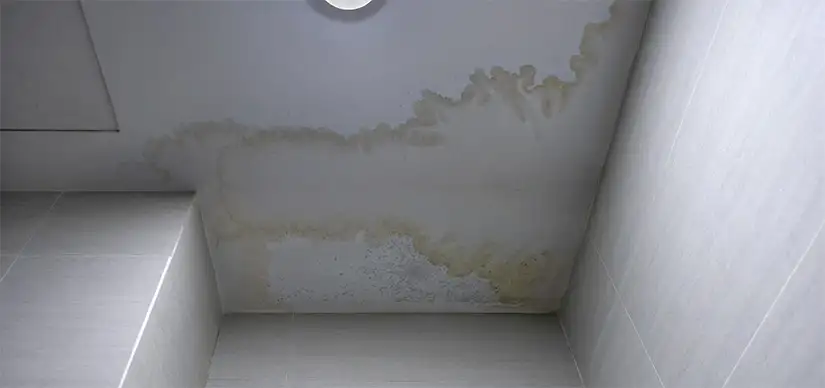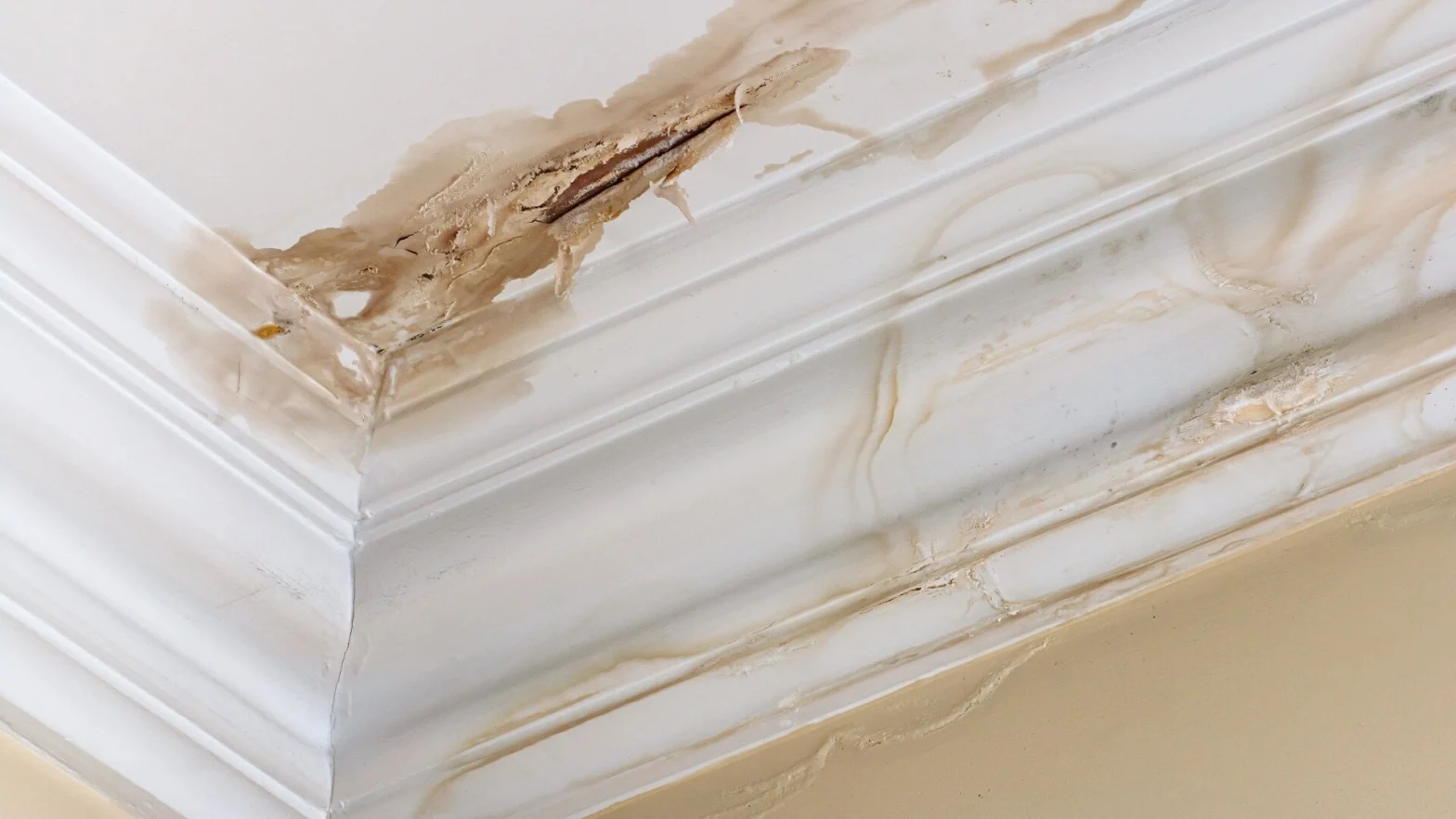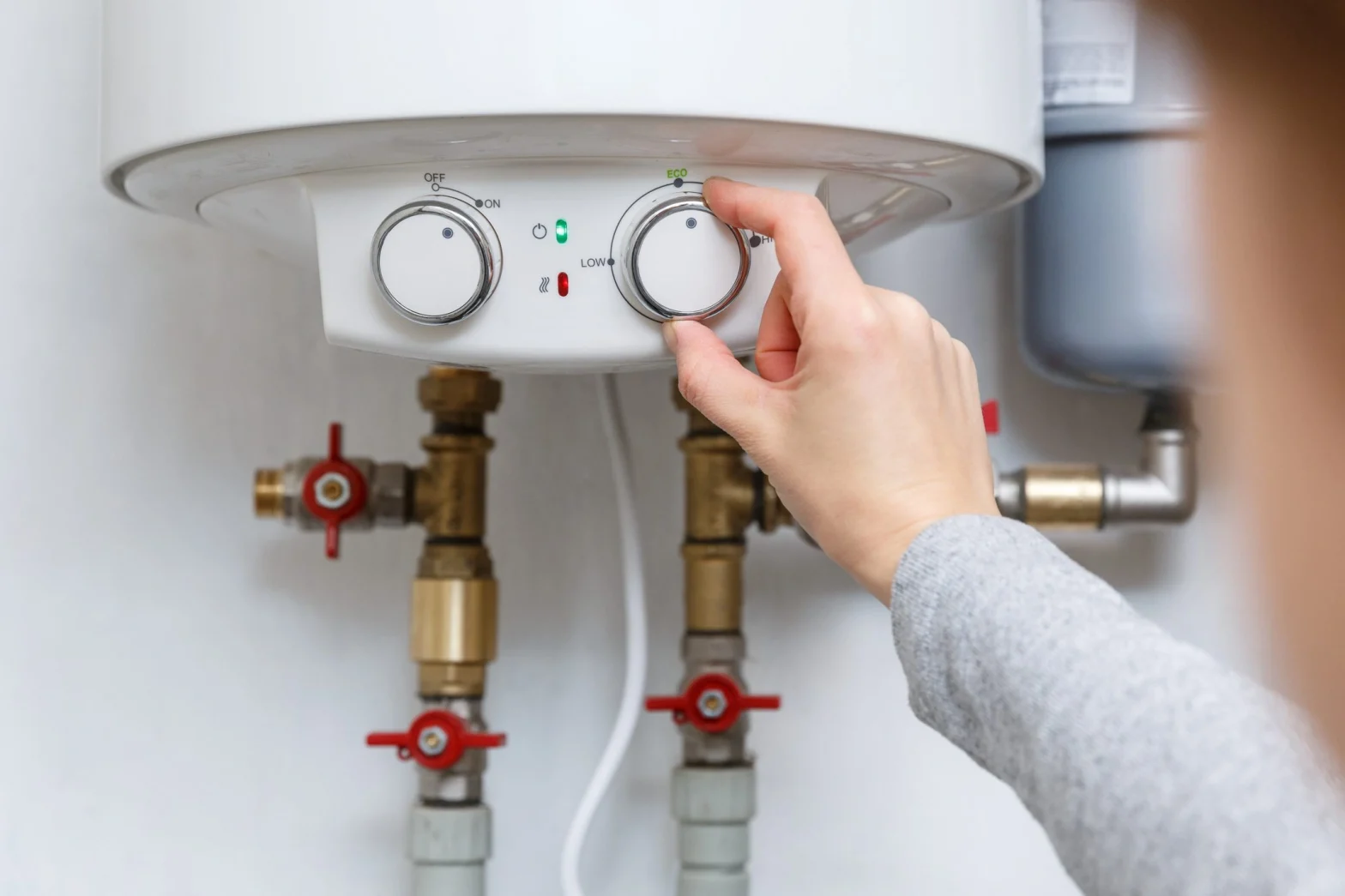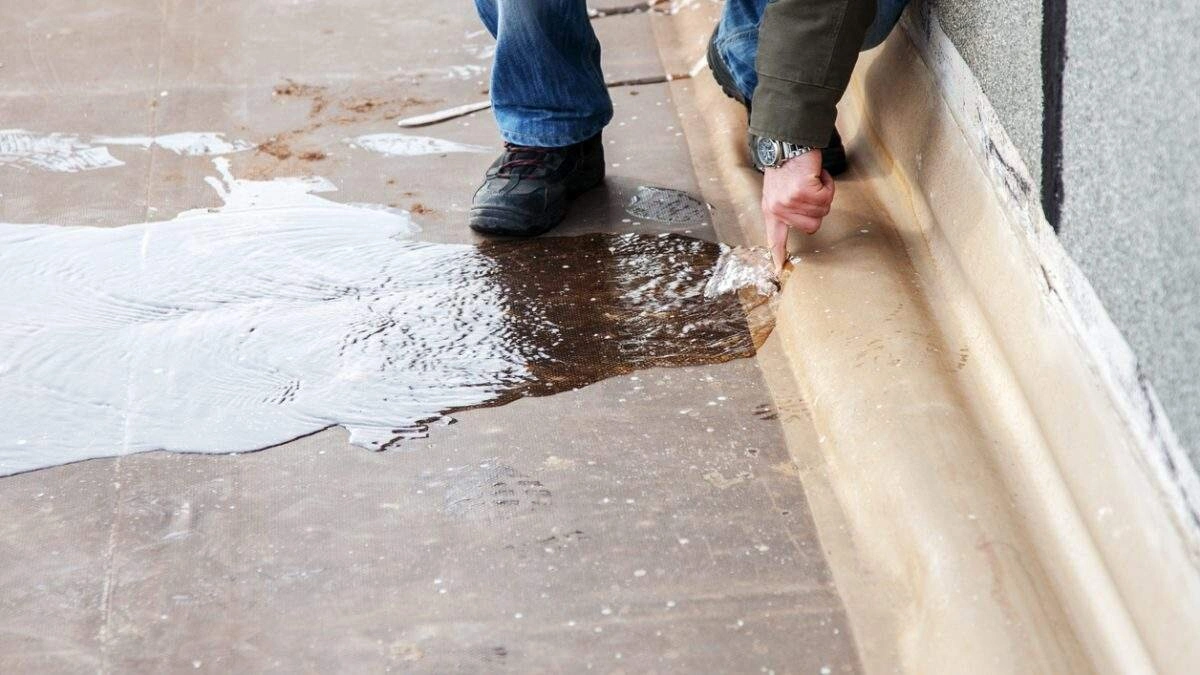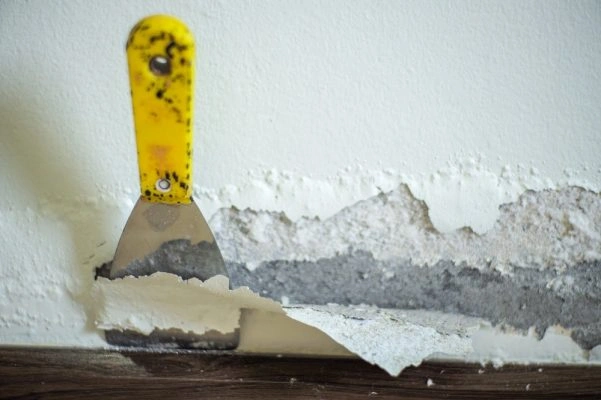Emergency Leak Detection In Your Home: What to Do When You Discover Water Damage
Water damage in the home can cause immediate stress and long-term headaches, especially if not dealt with swiftly. Whether from a burst pipe, roof leak, or malfunctioning appliance, taking immediate action is critical to minimizing damage. Here’s a step-by-step guide to help you navigate the situation and protect your home.
Step-by-Step Guide to Handling Water Damage
1. Shut Off the Water Supply
The first and most important step when you find water damage is to stop the source of the water:
- Main Shutoff Valve: If the damage is caused by a pipe or plumbing issue, turn off the main water supply to the house. Most homes have the valve located in a basement, utility room, or outside near the water meter. Shutting off this valve will prevent additional water from entering the plumbing system.
- Appliance-Specific Shutoff: If the leak is coming from a specific appliance (e.g., dishwasher, washing machine, or toilet), turn off the water supply to that device to avoid shutting off the entire house.
Doing this promptly can help minimize the amount of water leaking into your home, limiting the extent of the damage.
2. Turn Off Electricity in Affected Areas
Safety should always be your next priority. Water in contact with electrical outlets, wiring, or appliances can cause electrical shocks or fires:
- Shut off electricity to the rooms affected by water damage via the circuit breaker panel.
- Avoid handling any electrical appliances, devices, or switches in wet areas until the power has been safely disconnected.
If you’re unsure how to do this, it may be best to call an electrician for assistance.
3. Identify the Source of the Leak
Pinpointing the source of the water is essential to address the underlying issue. Some common sources include:
- Burst or Leaking Pipes: Often found in walls, basements, or ceilings.
- Appliances: Dishwashers, washing machines, water heaters, and refrigerators can leak due to malfunction or wear and tear.
- Roof Leaks: Storm damage, missing shingles, or poor gutter drainage can lead to water entering through your roof.
- Natural Disasters: Heavy rain, flash floods, or hurricanes can cause sudden water infiltration.
Identifying the source will determine whether it’s a plumbing issue or something external like a roof or foundation problem.
4. Contain the Water to Prevent Further Damage
Once the water source is off, focus on containing the existing water:
- Use towels, mops, and buckets to soak up standing water.
- For small leaks, you can place a bucket under the dripping water to catch it.
- Move furniture and valuables away from the area to avoid further damage. Waterlogged furniture can warp, and electronics can be ruined beyond repair.
You can also use waterproof materials, like plastic sheets or tarps, to temporarily cover the area and prevent the spread of water.
5. Document the Damage for Insurance Claims
Before you begin cleanup or repairs, take the time to thoroughly document the water damage:
- Photos and Videos: Take pictures and videos of the affected areas, focusing on damage to walls, floors, ceilings, and any personal items.
- Detailed Notes: Make a written inventory of damaged belongings, structural issues, and any potential causes of the water damage.
Insurance companies require this documentation to process claims effectively. The more evidence you provide, the smoother the claims process will be.
6. Start Basic Cleanup
If it’s safe to do so, begin cleaning up to minimize further damage:
- Remove Excess Water: Use towels, mops, or a wet/dry vacuum to extract standing water. For larger leaks, professional water extraction services may be necessary.
- Airflow and Ventilation: Open windows and use fans or dehumidifiers to help dry out the space.
- Remove Soaked Items: Take out wet carpets, rugs, and furniture to avoid mold growth.
If the water is contaminated (e.g., sewage backup), avoid handling it yourself, as it can pose serious health risks. Contact a professional water damage restoration company immediately.
7. Contact a Professional for Leak Detection
In many cases, the source of the water damage is not obvious, especially if it involves hidden plumbing issues or roof leaks. Contact a professional leak detection service to accurately diagnose the problem:
- Leak Detection Specialists: Professionals use advanced technology like thermal imaging cameras and moisture meters to locate hidden leaks behind walls, under floors, or in ceilings.
- Plumbers or Roofing Contractors: Depending on the source of the water, you may need to call a plumber to fix a pipe or a roofing contractor if the damage stems from a roof leak.
Addressing the source of the problem is essential to preventing future water damage.
8. Contact Your Home Insurance Provider
Once the immediate threat is contained, reach out to your home insurance company to report the damage:
- File a Claim: Provide your insurer with all the documentation (photos, videos, receipts for damaged items) and details about what happened.
- Follow Their Guidance: Your insurance provider may send an adjuster to assess the damage and give you the next steps for repairs.
- Track Expenses: Keep receipts for all costs associated with mitigating the water damage, including professional services, temporary accommodations, or cleanup supplies.
Your insurance policy may cover water damage, but this will depend on the cause (e.g., burst pipes versus floodwater).
9. Dry and Dehumidify the Area
Even after the visible water has been removed, there is often residual moisture that can lead to mold or structural issues. Be thorough with drying out the area:
- Use Dehumidifiers: These help remove excess moisture from the air and affected surfaces.
- Keep Fans Running: This helps to circulate air and accelerate drying, particularly in tight or enclosed spaces.
- Inspect Hidden Areas: Check under floorboards, inside walls, and behind cabinets for lingering moisture that could encourage mold growth.
Failing to dry the area completely can result in long-term damage like warping floors, rotting wood, or dangerous mold.
10. Monitor for Mold Growth
Mold can start forming within 24 to 48 hours of water exposure. After drying out the area, keep an eye out for signs of mold, which include:
- Musty Smell: A persistent musty odor may indicate hidden mold.
- Visible Growth: Mold often appears as black, green, or white patches on walls, ceilings, or floors.
If you suspect mold, contact a mold remediation specialist to inspect and address the problem before it becomes a larger health hazard.
Frequently Asked Questions (FAQ)
- Q: How can I tell if water damage is minor or major?
Minor water damage typically affects small areas and can be cleaned up with minimal effort. Major water damage involves large areas, structural damage, or hidden leaks and often requires professional intervention. - Q: Should I try to fix the leak myself?
It depends on the severity of the leak. For small, visible leaks like a dripping faucet, you might be able to handle the repair. However, for larger or hidden leaks, it’s best to call a professional to avoid making the problem worse. - Q: What if I can’t find the source of the leak?
If the source isn’t obvious, contact a leak detection service. They use advanced equipment to find leaks behind walls, under floors, or in other hard-to-see areas. - Q: Does homeowners insurance cover water damage?
It depends on your policy and the cause of the damage. Burst pipes and appliance leaks are often covered, but flood damage may require separate flood insurance. Always check with your insurance provider for specific coverage details. - Q: How long does it take for water damage to cause mold?
Mold can start growing within 24 to 48 hours of water exposure. That’s why it’s critical to dry out affected areas quickly and monitor for any signs of mold.
Need Professional Help? Contact Cali’s Choice Today!
If you’ve discovered water damage in your home, time is of the essence. Cali’s Choice offers expert leak detection, water damage restoration, and plumbing services. Our team uses cutting-edge technology to locate hidden leaks and provide swift, effective repairs to prevent further damage to your home.
Don’t wait—contact us today to get help fast and ensure your home stays safe and dry!


